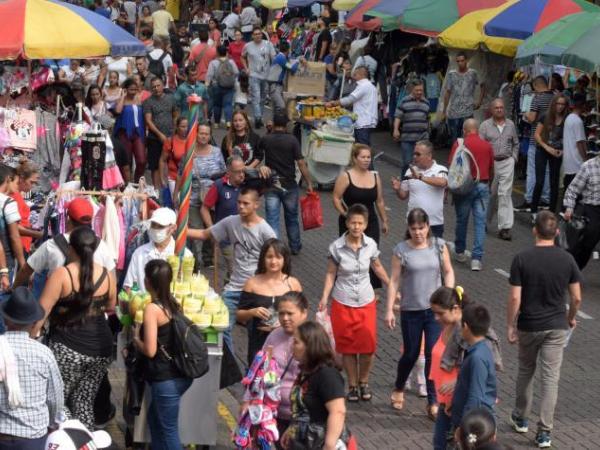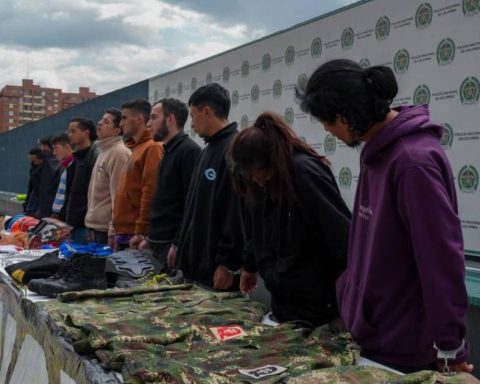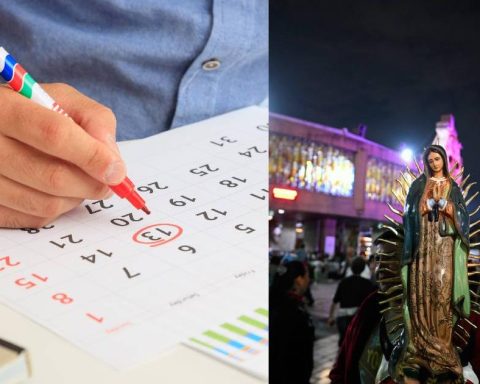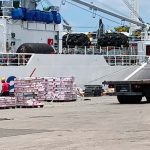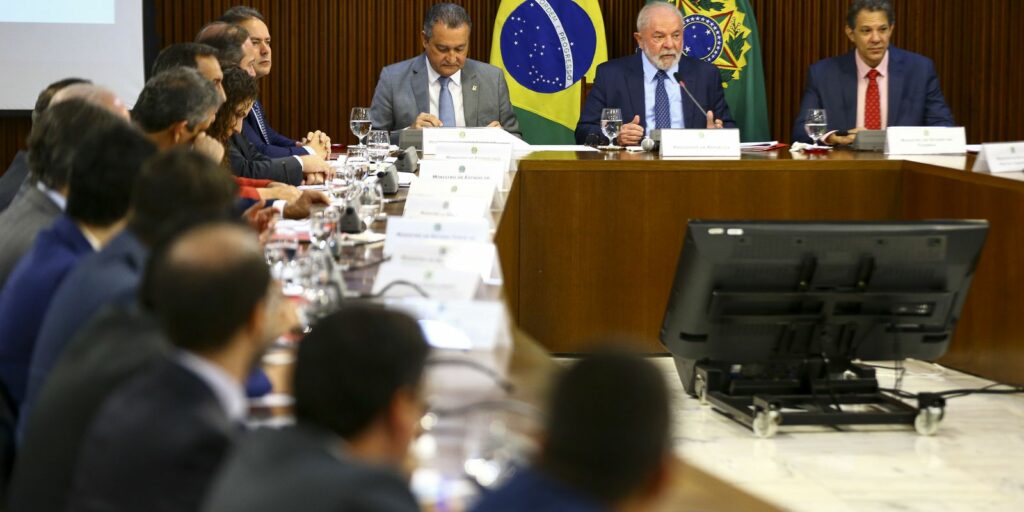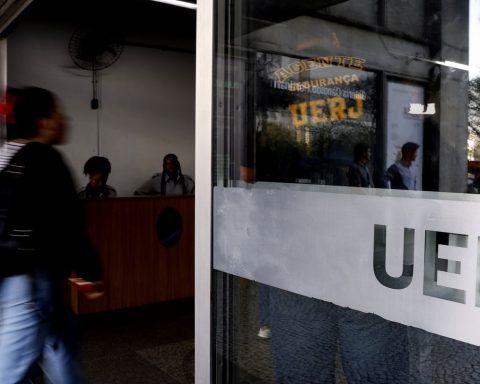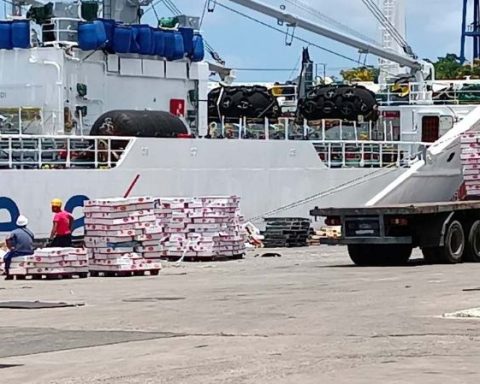Next week it is expected that the Government present the final text of the labour reformin which the formalization of workers will be one of the main focuses.
just yesterday the Dane delivered the informal labor market report for the period November 2022 – January 2023which revealed that during that period in the country there were 22.14 million workers, of which 9.33 million were formal and 12.81 million informal.
(Informality fell to 57.9% for the November-January quarter).
According to the entity, at the national level the informality rate was located at 57.9%, which meant a decrease of 0.6 percentage points compared to the same quarter of the previous year (58.4%).
But looking at the national map, especially at the The Caribbean Region the capitals with the highest indicators of informality are located. Of the 23 cities and metropolitan areas, those with the highest proportion of informality were: Valledupar (68.3%), Riohacha (67.8%) and Sincelejo (65.9%).
(The ‘drop by drop’ is a source of financing for 14% of micro-businesses).
In the first, it has 183,000 workers, of whom only 58,000 have a formal job, while 125,000 are in the informal sector. In the case of Riohacha, the labor market is made up of 54,000 workers: 17,000 formal and 36,000 informal. In the case of the capital of Sucre, the employed reach 103,000, and of them 35,000 are formal and 68,000 work informally.
According to Fernando Herrera Araújo, director of Cesore, an economic think tank located in Valledupar, The city’s problem lies largely in the nature of its productive matrix, which is largely based on the rural sector and other primary activities.
“There is a structural incapacity, of a very primary economy like Vallenata, to generate employment. The main generator of jobs is commerce, and in second place the Government, and on the contrary, industrial development is very incipient”explained the expert.
(Why would the labor reform generate more unemployment? Fenalco responds).
According to Herrera, among the formal economy that is developed in the region, mining stands out in a large proportion, which has been affected after the return of mining titles from Glencore to the Colombian state.
In addition, the director of Cesorea public employment policy is needed, and this is also related, according to Herrera, with the political and governance complications that have been seen both in the department of Cesar and in the city of Valledupar in recent years.
“Both with informality and with unemployment we have been dotting for years, it is already something structural“, said.
Another measurement that stands out in the Dane report is informality in rural areas of the country. In the geographic domain populated centers and dispersed rural areas, which according to the statistical authority refers to municipalities in rural areas, the indicator was 85.1%, representing an increase of 0.9 percentage points compared to the moving quarter November 2021 – January 2022.
In the rural sector there are only 4.6 million rural workers employed, of which 687,000 are formally hired, while the bulk of that figure, the remaining 3.93 million are part of the informal sector.
Informality.
On the other side of the coin are the cities with the lowest indicator at the national level, such as Bogotá DC (32.5%), Manizales and its metropolitan area (35.3%) and Tunja (39.4%).
In the country’s capital there are 3.82 million workers, and although 2.58 million are formal, there are also 1.2 million informal workers, this being the largest urban settlement in terms of workers in the country, as well as the main local economy.
It is worth mentioning that both Manizales as Tunja They are cities that stand out, for example, in the Cities Competitiveness Index of the Private Competitiveness Council (CPC). In its last edition, the capital of Boyacá appeared in third position at the national level, with a score of 6.99 out of 10, while Manizales appeared in fifth position. In both cases, the strength and performance of their labor markets stands out.
(Industrial unions set red lines for labor reform).
On the other hand, Dane also released the measurement of the informality rate segmented by the main urban centers. For the 13 main cities and metropolitan areas, the proportion of informal workers in the reference quarter was 42.3%. This represented a decrease of 1.3 percentage points compared to the moving quarter November 2021 – January 2022 (43.7%).
These areas include Bogotá, Medellín, Cali, Barranquilla, Bucaramanga, Manizales, Pereira, Cúcuta, Pasto, Ibagué, Montería, Cartagena and Villavicencio.
In these cities there are 10.45 million workers, of which 6.03 million are formal and 4.42 million informal.
Other information that Dane presented in his report is the measurement of informal employment according to the size of the companies.
According to the report, in the national total, for the mobile quarter November 2022 – January 2023, 85.0% of the employed population that worked in microenterprises was informal, while in small companies, medium companies and large companies the proportion of informal workers was: 24.8%, 9.8%, and 5.3%, respectively.
Of all company sizes, only large companies saw a reduction in their informality rate (-1.1 percentage points) in relation to the same period of the previous year.
LAURA LUCIA BECERRA ELEJALDE
Journalist Portfolio
